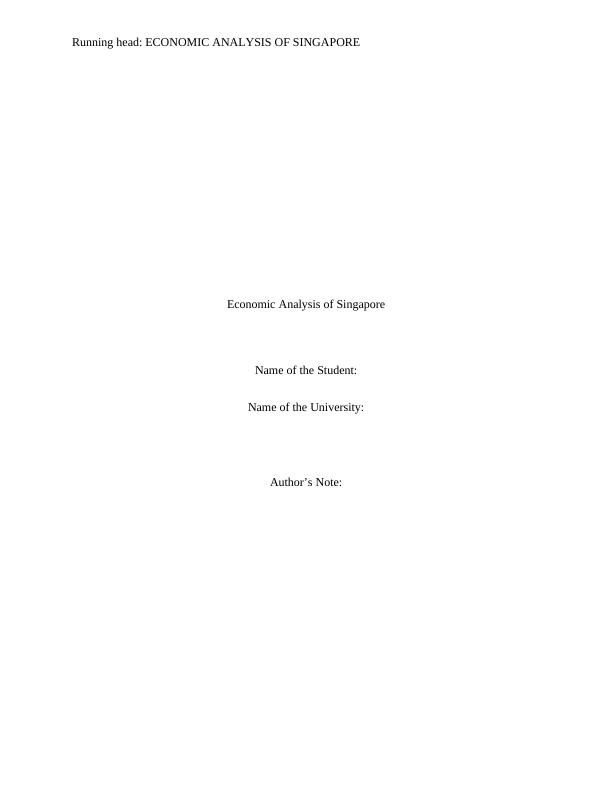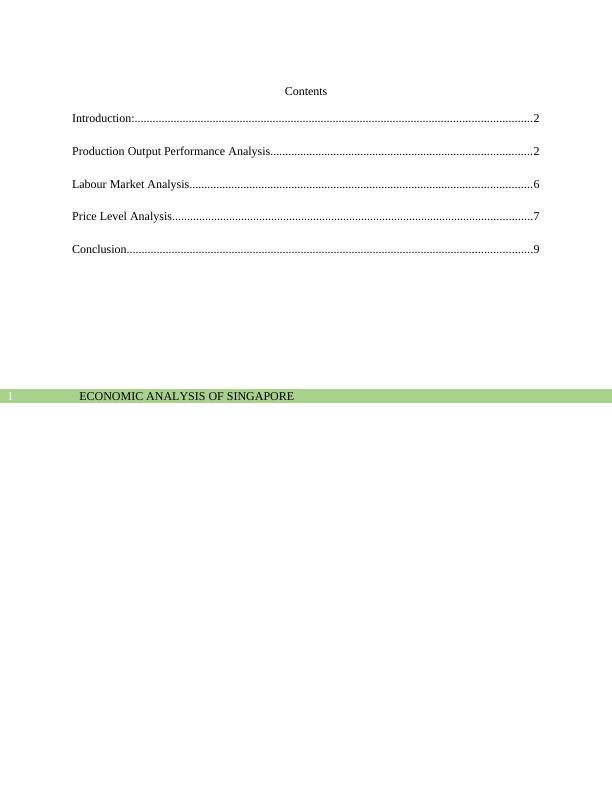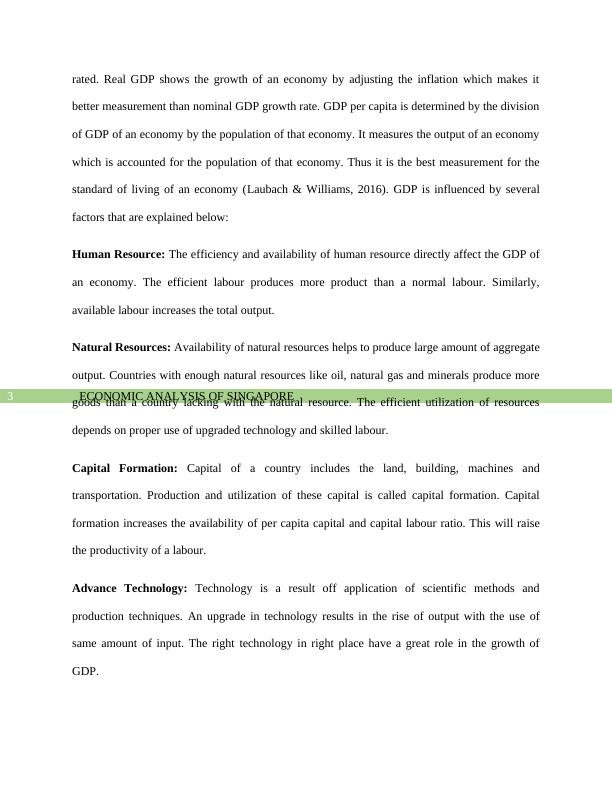Economic Analysis of Singapore
13 Pages2929 Words81 Views
Added on 2023-01-10
About This Document
This document provides a detailed economic analysis of Singapore, covering various aspects such as production output performance, labor market analysis, and price level analysis. It includes insights into the GDP, GDP per capita, unemployment rate, and inflation rate of Singapore. The analysis highlights the strategies and policies implemented by the Singaporean government to overcome challenges and promote economic growth.
Economic Analysis of Singapore
Added on 2023-01-10
ShareRelated Documents
End of preview
Want to access all the pages? Upload your documents or become a member.
Economic Performance of Russia: Analysis of GDP, Unemployment, and Inflation
|15
|2819
|37
Analyzing UK Economy's Performance with Macroeconomic Indicators
|10
|2761
|371
USA's Economic Performance from 2008 to 2018
|13
|2830
|341
Economic Assignment: Analysis of Production Output, Labor Market and Price Level in Singapore
|17
|3441
|251
Economic Performance Analysis of Singapore (2005-2014)
|15
|3197
|181
The Indian Economy: How to Achieve Production Output
|15
|3049
|243




